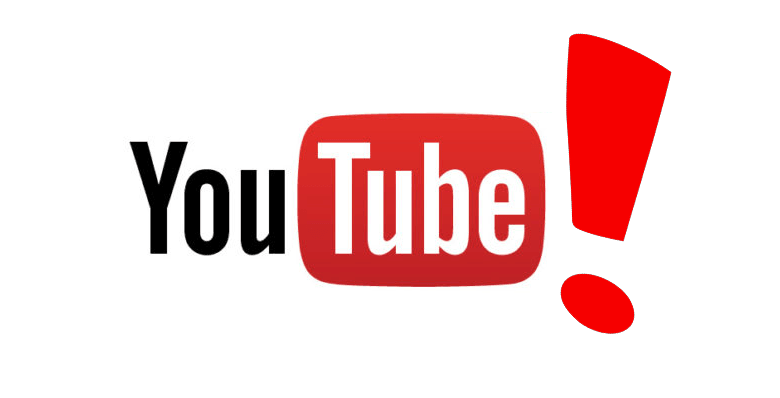
Every year, millions of cable customers are promised package deals with more channels featuring the television shows and moviesthey love. Years of unsatisfied customers, who felt they have been lied to repeatedly throughout contracts has caused them to unhook the cable and switch to streaming platforms such as Netflix, Hulu, Amazon Video and YouTube TV.
According to Fortune, the largest cable company, Comcast, lost 34,000 subscribers during one quarter of 2017 and AT&T lose 351,000 U-verse and satellite customers in the same quarter. In total, 527,000 viewers said goodbye to cable and hello to alternative ways of watching television. Between 2016 and present, streaming video services have become increasingly popular. Between 2016 and 2017, Amazon Prime doubles its users topping over 80 million and Netflix beamed at over 50 million profiles.
The one downfall that is still keeping cable television alive is that these streaming alternatives are great at keeping up with older television shows and movies, but when it comes to new content, it’s either non-existent or takes a few months after being aired on cable. However, these networks are taking charge and signing deals with news and sports channels to get the best possible deal. These two television elements happen to be cable’s largest advantage over streaming alternatives.
YouTube TV has already got on the bandwagon offering over 60 networks from local sports and news to popular shows. Even the channel that controls some of the most valuable television franchises, Disney, has announced that it will be starting its own stand-alone streaming service in 2019. The streaming service that started the cable-replacement phenomenon, Sling TV, is still one of the best in the market and making upgrades every day to improve its usage over cable. It’s cost-effective and offers something for every age group. Then there is Hulu that started as an on-demand streaming platform and recently added live TV as an option.
Prices vary for streaming alternatives, but it is significantly lower than cable. You can pay anywhere from $20 to $70 for streaming services whereas, many customers are still paying in the higher $200’s for cable and internet. In a survey conducted in August 2017, Pew Research found that 61 percent of adults ages 18 to 29 watch a television show primarily through a streaming service.
The internet and multiple apps have changed people’s access to media and entertainment. This television crisis has been in the works for years since cable companies keep increasing prices and making broken promises. Cable companies are constantly taking the heat for bad incompetent customer service reps, bad tech support and hidden fees. According to Market Watch, almost 8 million U.S homes have gotten rid of their cable subscriptions in the last 5 years. Cable is simply having the convenience available to watch multiple channels and browse through live episodes. As cable companies continue to give their customers grief, more companies are quickly investing in streaming platforms and internet video options to satisfy their customers.





Leave a Reply
Thank you for your response.
Please verify that you are not a robot.